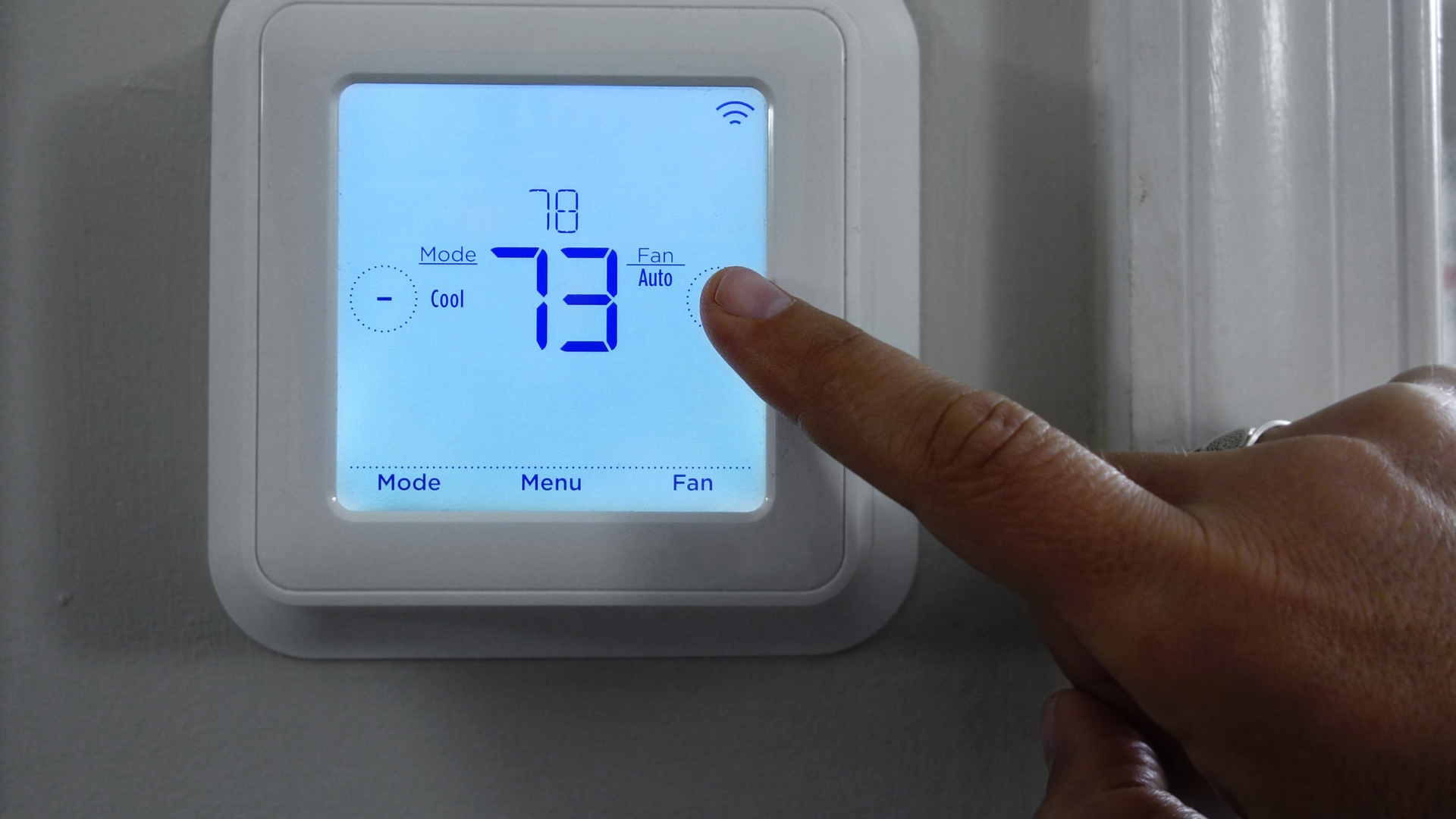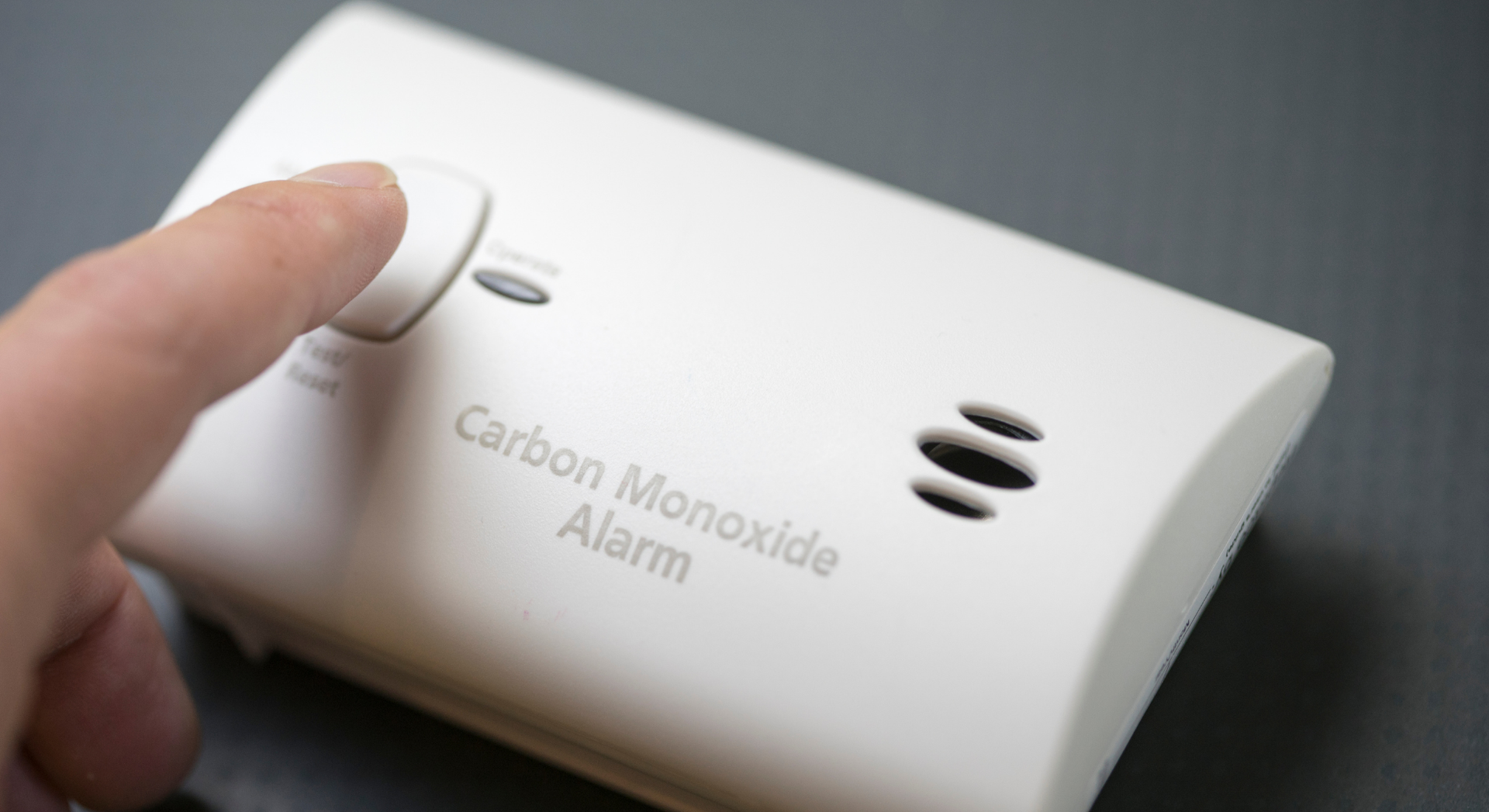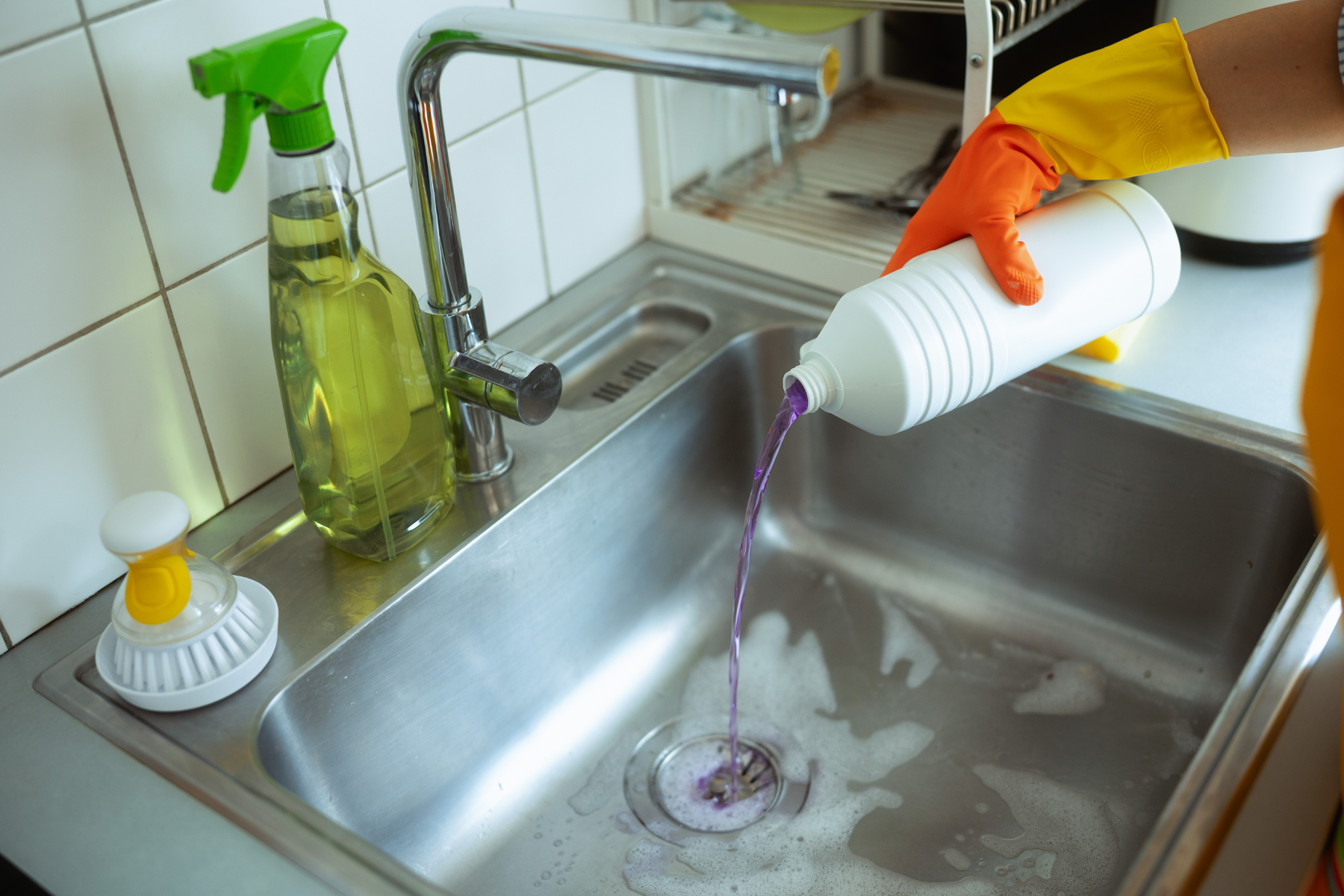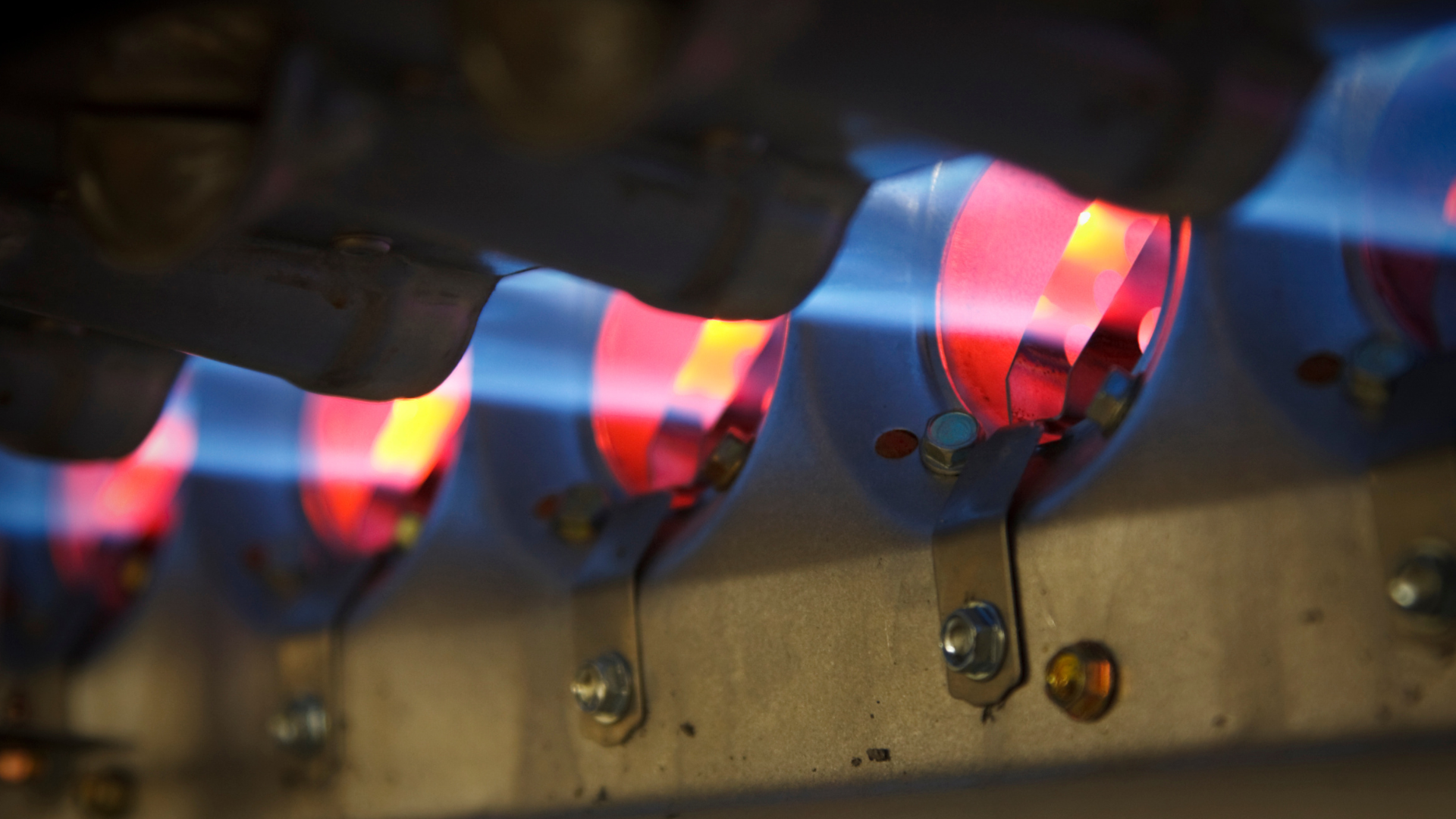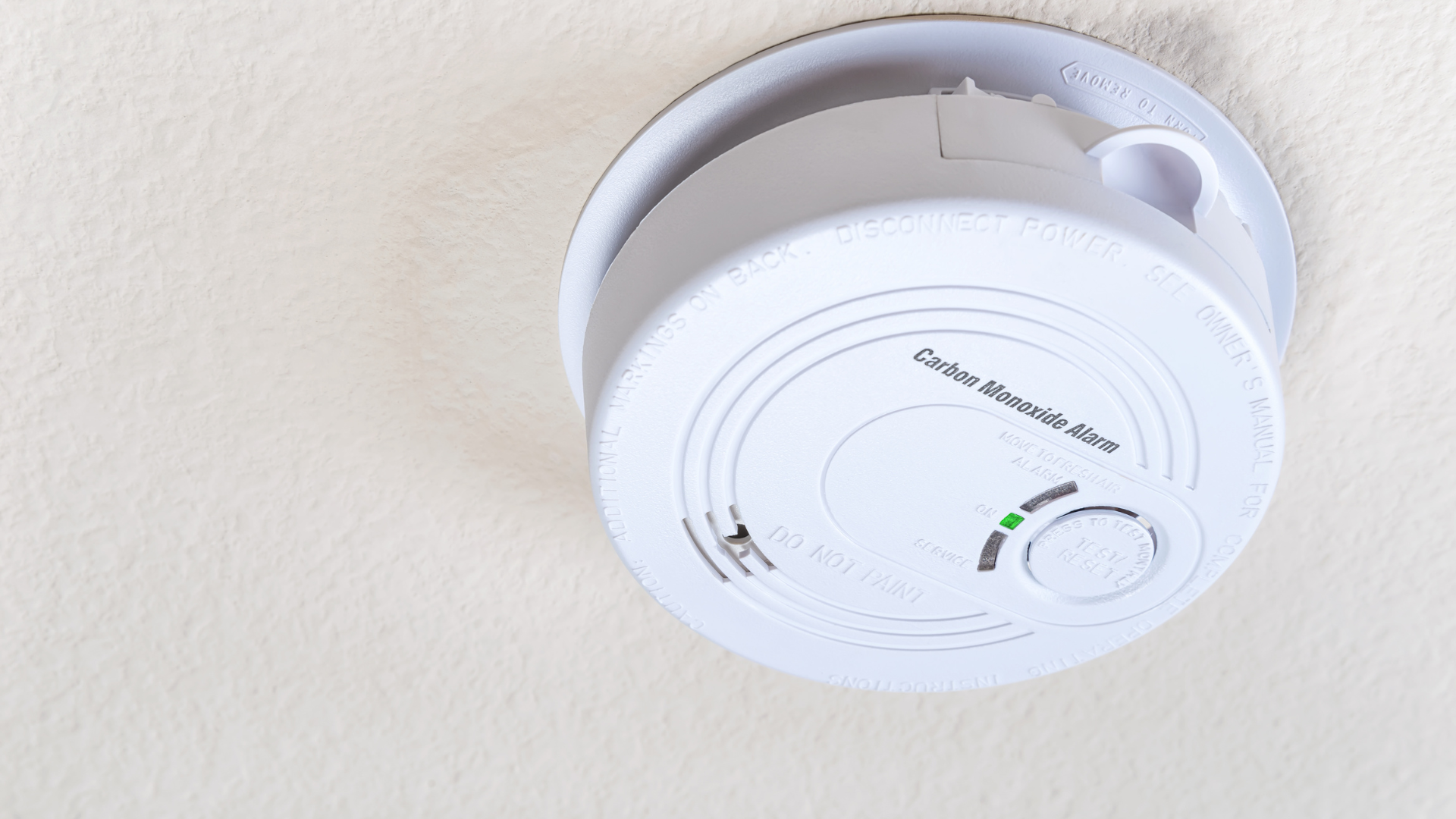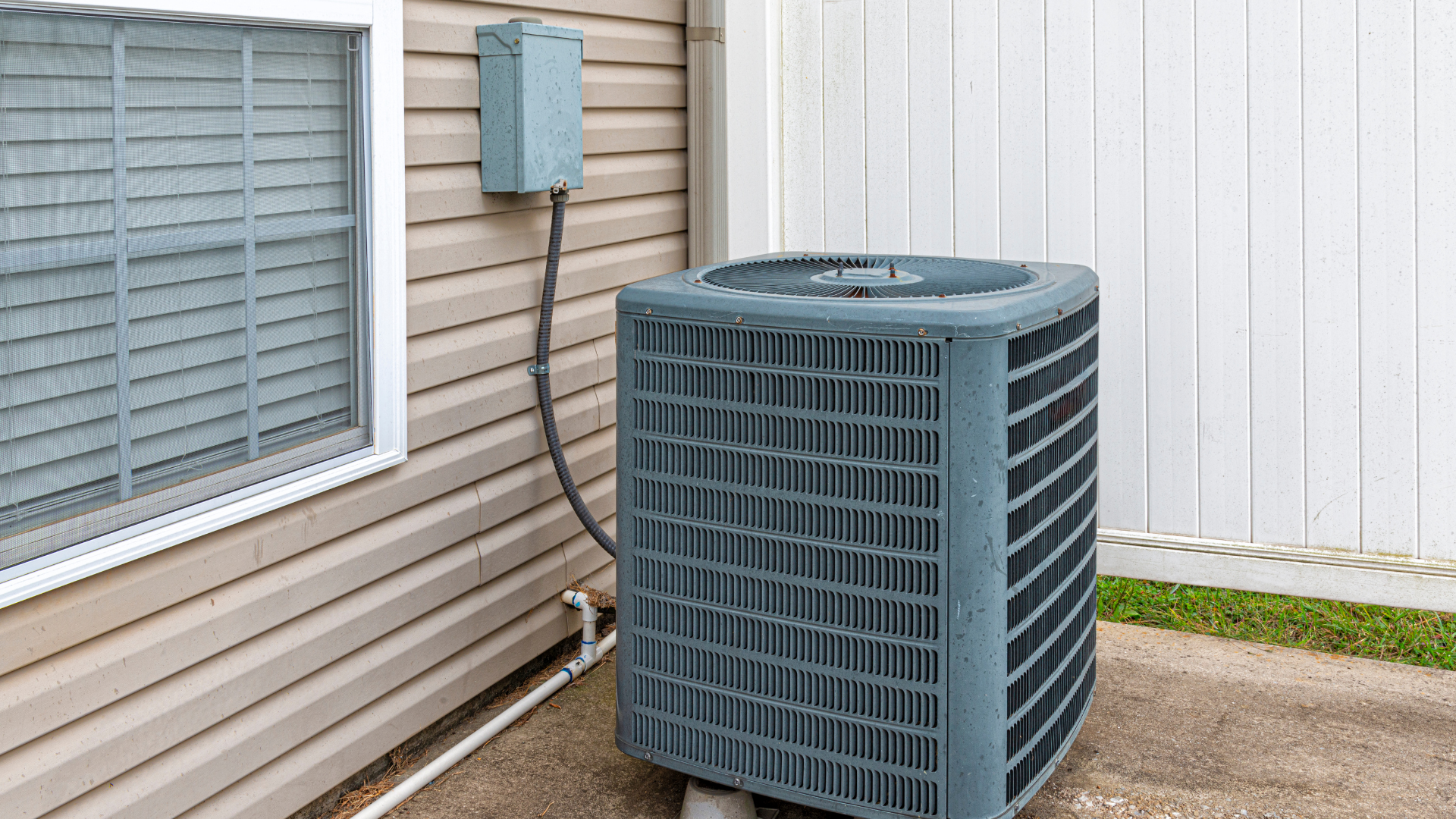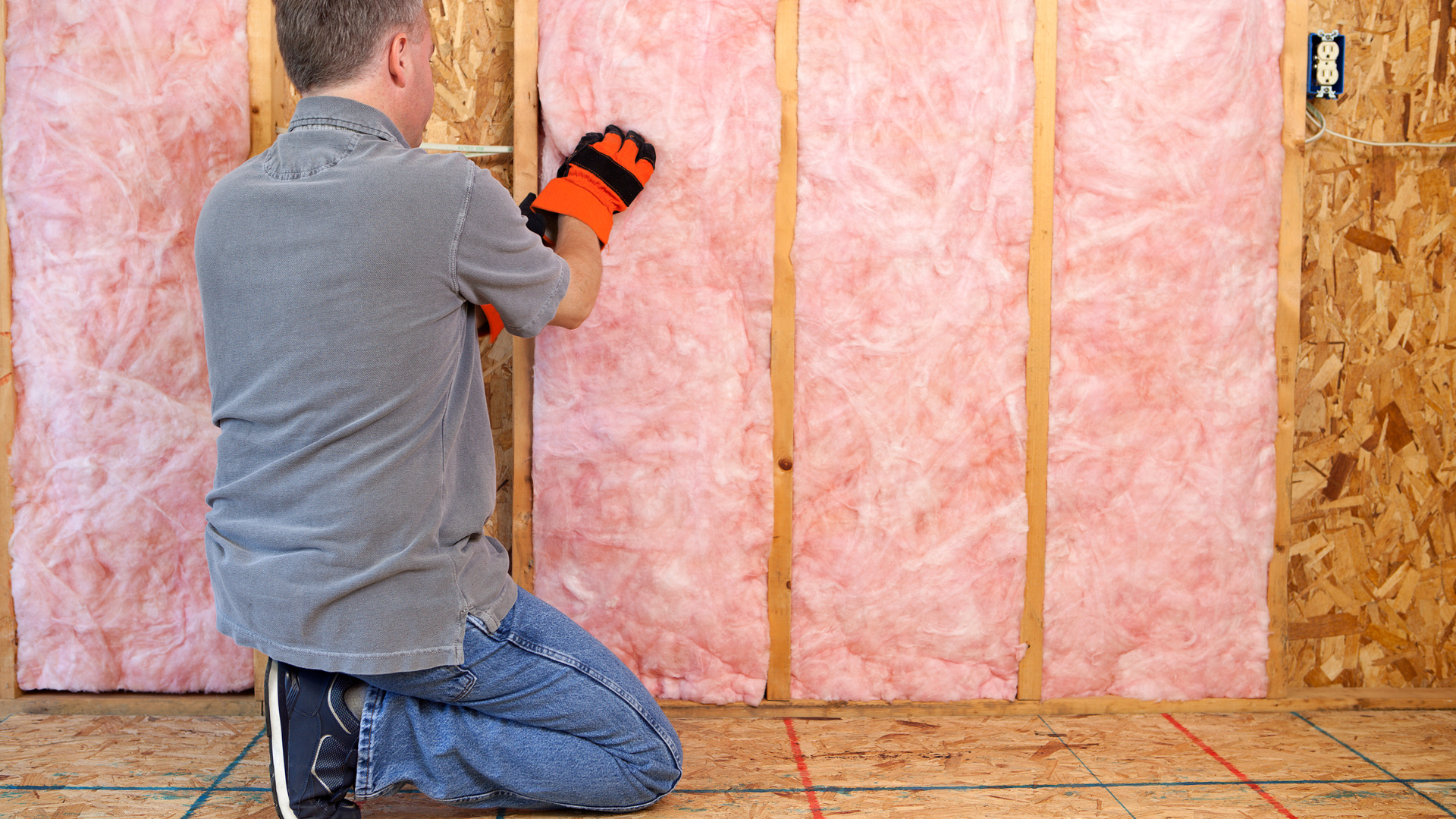What a Homeowner Should Know About Sewer Line Replacements
All About Sewer Line Replacements
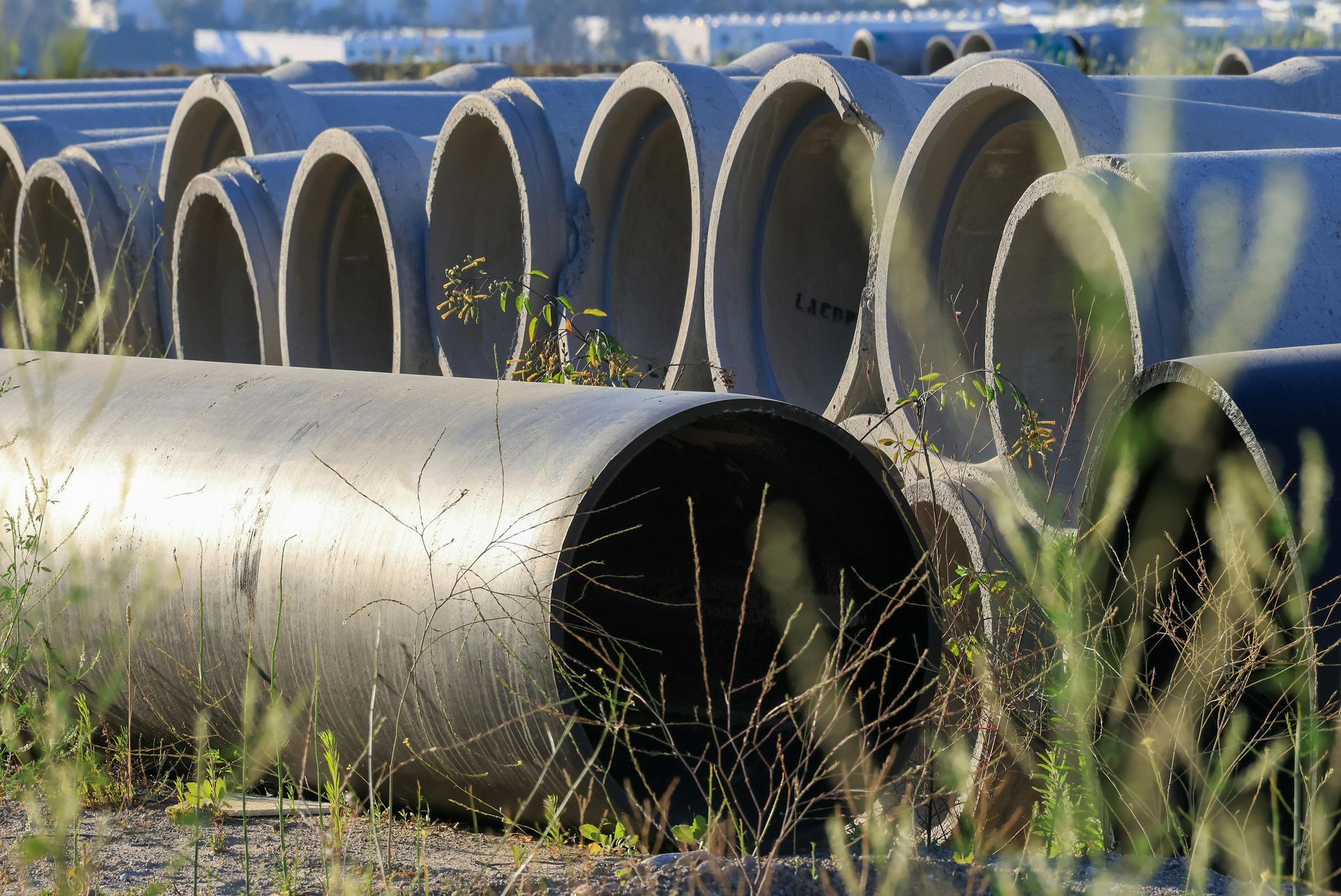
When you have a sewer line that's failing, it's not just a minor inconvenience—it's a serious problem that can lead to expensive damage and health hazards. Knowing the signs of a failing sewer line and understanding the replacement process can help you take action quickly and protect your home.
Top Signs Your Sewer Line Needs Replacing
Your sewer line is mostly hidden, so it can be difficult to know when there's an issue. However, your plumbing system will give you clear warning signs when something is wrong.
Don't ignore these red flags!
- Multiple Clogged Drains or Backups: A single clogged drain is one thing, but if you have clogs in multiple drains, especially in different areas of your home, it could indicate a blockage in the main sewer line. Sewage backing up into your toilets, showers, or tubs is the most obvious sign.
- Foul Odors: If you smell a persistent sewage odor inside or outside your home, it's a strong indicator of a sewer line issue. The smell can be caused by a leak, a clog, or a crack in the pipe that's allowing waste to escape.
- Gurgling Sounds: Strange gurgling noises from your toilets or drains when water is running can be a sign that air is trapped in your sewer line due to a blockage.
- Soggy Spots in Your Yard: A broken or leaking sewer line can cause waste to leak into your yard. This can result in unusually lush, green patches of grass or soggy, flooded areas, even when it hasn't rained.
- Foundation Issues: Leaking sewage can cause the soil around your home's foundation to become unstable, leading to cracks in the foundation or even sinkholes in your yard.
- Pest Infestations: Rodents and insects, like rats and cockroaches, are attracted to waste and can gain access to your home through cracks or breaks in a damaged sewer line.
What to Expect from a Sewer Line Replacement
If you're dealing with a failing sewer line, a professional inspection is the first step. A plumber will use a specialized camera to inspect the inside of your pipes and determine the cause and location of the problem. If a replacement is necessary, you'll likely have two main options: traditional excavation or a trenchless method.
Traditional Excavation
This method is exactly what it sounds like: a crew digs a large trench from your home to the street to expose the entire sewer line. The old pipe is removed and a new one is installed. This is often the most labor-intensive and disruptive option, as it requires a lot of digging and can destroy landscaping, driveways, or sidewalks.
Trenchless Methods
Trenchless replacement is a less invasive and often faster alternative. There are two primary types:
- Pipe Bursting: This technique involves digging two small access holes. A new pipe is attached to a "bursting head" and pulled through the old pipe, which simultaneously breaks the old pipe apart while pulling the new one into place.
- Pipe Lining: Also known as cured-in-place pipe (CIPP), this method involves inserting a resin-coated liner into the existing pipe. The liner is then inflated and left to cure, creating a new, seamless pipe inside the old one.
Trenchless options are a great way to save your landscaping and avoid the mess of traditional excavation.
Cost and Timeline
The cost and timeline for a sewer line replacement can vary widely based on several factors, including the length and depth of the pipe, the material of the new pipe, the replacement method, and your location.
- Cost: You can expect the average cost to be between $3,000 and $6,000, but prices can range from as low as $1,500 to over $20,000 for more complex jobs. Trenchless methods may have a higher initial per-foot cost ($60-$250 per linear foot) than traditional excavation ($50-$200 per linear foot), but they often save you money in the long run by avoiding the costly restoration of your yard or driveway.
- Timeline: The process typically takes about 1 to 5 days to complete, though a complex traditional excavation project could take longer. The initial inspection is usually just a few hours. Securing permits can take a few days to a couple of weeks, so that's often the longest part of the process.
The Benefits of Replacing Your Sewer Line
Replacing a failing sewer line offers significant long-term benefits that go far beyond just fixing a problem.
- Improved Drainage Efficiency: A new, properly installed sewer line will ensure smooth, clog-free drainage for decades to come, preventing backups and other plumbing nightmares.
- Reduced Risk of Damage: A new line eliminates the risk of leaks, which can cause costly water damage to your home's foundation, basement, and yard.
- Increased Home Value: A new sewer line is a valuable asset that can increase your home's value and appeal to potential buyers.
- Peace of Mind: Knowing that a critical component of your home's infrastructure is sound and won't fail unexpectedly provides invaluable peace of mind.
Click Another Article to Read More
